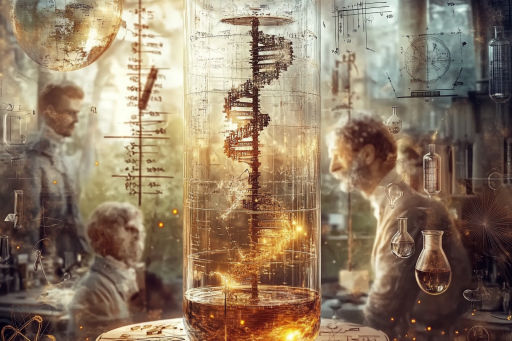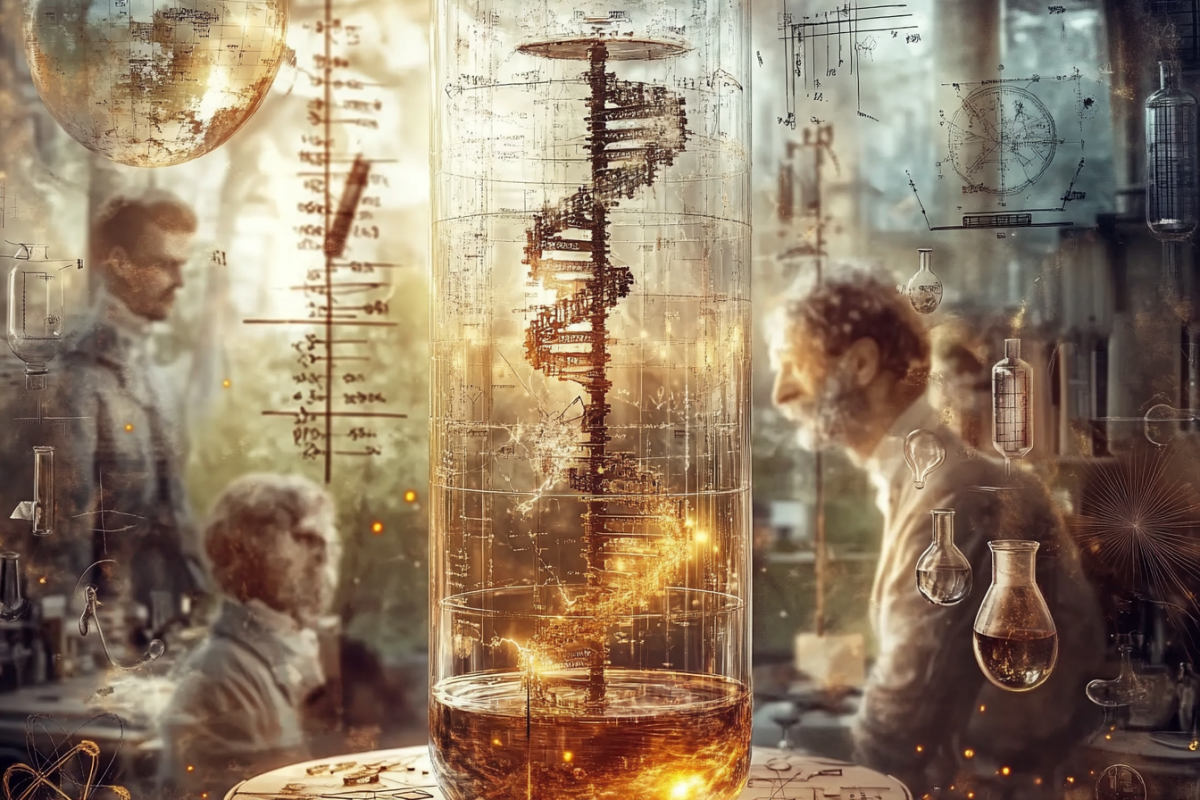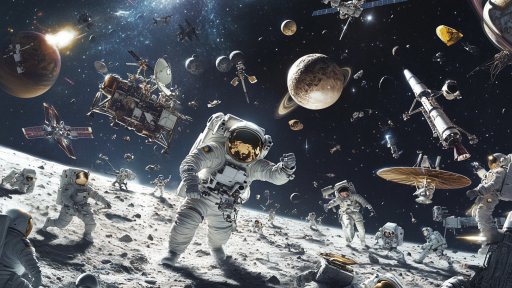
Some of the most groundbreaking scientific discoveries weren’t planned—they were complete accidents. From life-saving medicines to revolutionary materials, history is full of moments where chance led to innovation. These unexpected breakthroughs changed the world in ways their discoverers never imagined. Sometimes, the biggest leaps in science happen when curiosity meets serendipity.
Penicillin – The First Antibiotic

In 1928, Alexander Fleming returned to his messy lab after a vacation and noticed something unusual—a mold growing in one of his petri dishes was killing nearby bacteria. This accidental discovery led to the development of penicillin, the first antibiotic, which has saved millions of lives worldwide. Had Fleming thrown out his contaminated samples, modern medicine might look very different today. This life-changing breakthrough happened simply because he was paying attention to the unexpected.
The Microwave Oven – A Sweet Mistake

In 1945, engineer Percy Spencer was testing a radar device when he noticed that a chocolate bar in his pocket had melted. Intrigued, he experimented with popcorn and eggs, confirming that microwaves could cook food. This accident led to the invention of the microwave oven, a kitchen staple found in homes around the world. What started as a minor inconvenience turned into one of the most convenient cooking devices ever created.
X-Rays – Seeing Through the Impossible

While experimenting with cathode rays in 1895, physicist Wilhelm Roentgen noticed that a mysterious glow was passing through solid objects. When he placed his hand in front of the rays and saw the bones inside it, he realized he had discovered something revolutionary. His accidental find led to X-ray imaging, transforming medicine by allowing doctors to see inside the human body without surgery. Today, X-rays are an essential part of healthcare, all thanks to an unexpected observation.
Velcro – Inspired by Nature

In 1941, Swiss engineer George de Mestral noticed that burrs from a plant kept sticking to his dog’s fur after a walk. Curious, he examined them under a microscope and saw tiny hook-like structures that allowed them to cling onto fabric and hair. Inspired by this natural design, he created Velcro, a fastener now used in clothing, shoes, and even space travel. What began as an annoyance turned into a billion-dollar industry.
Safety Glass – A Laboratory Mishap

In 1903, French chemist Édouard Bénédictus accidentally dropped a glass flask coated with cellulose nitrate. Instead of shattering into sharp pieces, the glass held together, revealing a new way to prevent injuries. This discovery led to shatterproof safety glass, which is now used in car windshields, buildings, and even smartphones. A simple accident in a laboratory paved the way for a much safer world.
Post-it Notes – A Failed Adhesive That Stuck Around

In the 1970s, scientist Spencer Silver was trying to create a super-strong glue but instead ended up with an adhesive that was weak and removable. At first, it seemed useless—until his colleague Art Fry had the idea to use it for bookmarks that wouldn’t fall out. This led to the creation of Post-it Notes, now an essential office supply. A failed experiment turned into a global success.
Teflon – The Slippery Invention

In 1938, chemist Roy Plunkett was researching refrigerants when he accidentally created a nonstick, heat-resistant material. This substance, later called Teflon, became famous for its use in nonstick cookware, making cooking and cleaning much easier. Over time, it found applications in medical devices, space travel, and waterproof clothing. What started as an unintended byproduct is now one of the most versatile materials in the world.
Saccharin – The First Artificial Sweetener

In the late 1800s, Russian chemist Constantin Fahlberg was working with coal tar chemicals when he accidentally forgot to wash his hands. Later, while eating dinner, he noticed that his bread tasted strangely sweet. He traced the sweetness back to his lab experiments and discovered saccharin, the first artificial sweetener. His accidental discovery revolutionized the food industry, giving rise to low-calorie sugar substitutes.
LSD – A Mind-Altering Mistake

In 1943, Swiss chemist Albert Hofmann was studying medicinal compounds when he accidentally absorbed a small amount of a newly synthesized chemical. He soon experienced vivid hallucinations, leading to the discovery of LSD. While its effects remain controversial, LSD has influenced psychology, neuroscience, and counterculture movements. This unexpected trip into altered perception changed science—and society—forever.
The Pacemaker – A Circuit Gone Wrong

In the 1950s, engineer Wilson Greatbatch was building a heart rhythm recording device when he accidentally installed the wrong resistor. Instead of simply recording, the device sent out electrical pulses, mimicking the human heartbeat. This accident led to the creation of the pacemaker, a life-saving device that helps regulate heartbeats in millions of patients today. A small mistake turned into one of the greatest advancements in medical technology.
The Big Bang Theory – A Noise That Explained Everything

In 1964, physicists Arno Penzias and Robert Wilson were trying to eliminate a strange background noise from their radio antenna. No matter what they did, the noise wouldn’t disappear—until they realized they had accidentally detected cosmic microwave background radiation. This became the strongest evidence supporting the Big Bang Theory, proving that the universe had a fiery beginning. A frustrating signal turned out to be one of the greatest discoveries in astrophysics.
Super Glue – A Military Reject Turned Household Essential

In 1942, chemist Harry Coover was working on clear plastic gun sights when he stumbled upon a material that instantly bonded to almost anything. Initially, it was rejected for being too sticky, but years later, Coover realized its potential. The discovery led to the creation of Super Glue, an ultra-strong adhesive now found in homes, hospitals, and even battlefields. What was once a failed experiment became a household necessity.
Insulin – The Accidental Key to Diabetes Treatment

In the 1920s, doctors Frederick Banting and Charles Best were studying the pancreas when they noticed that removing it from dogs led to severe diabetes-like symptoms. By accident, they discovered that a substance produced in the pancreas regulated blood sugar—this was insulin. This breakthrough led to the treatment of diabetes, saving millions of lives worldwide. A chance observation became one of the greatest medical discoveries of all time.
When Accidents Change the World

Not all mistakes lead to failure—some create entirely new possibilities. These accidental discoveries prove that breakthroughs can come from curiosity, persistence, and even pure luck. The next great scientific advancement might already exist, just waiting to be noticed. What hidden discoveries might still be out there, waiting for someone to stumble upon them?





